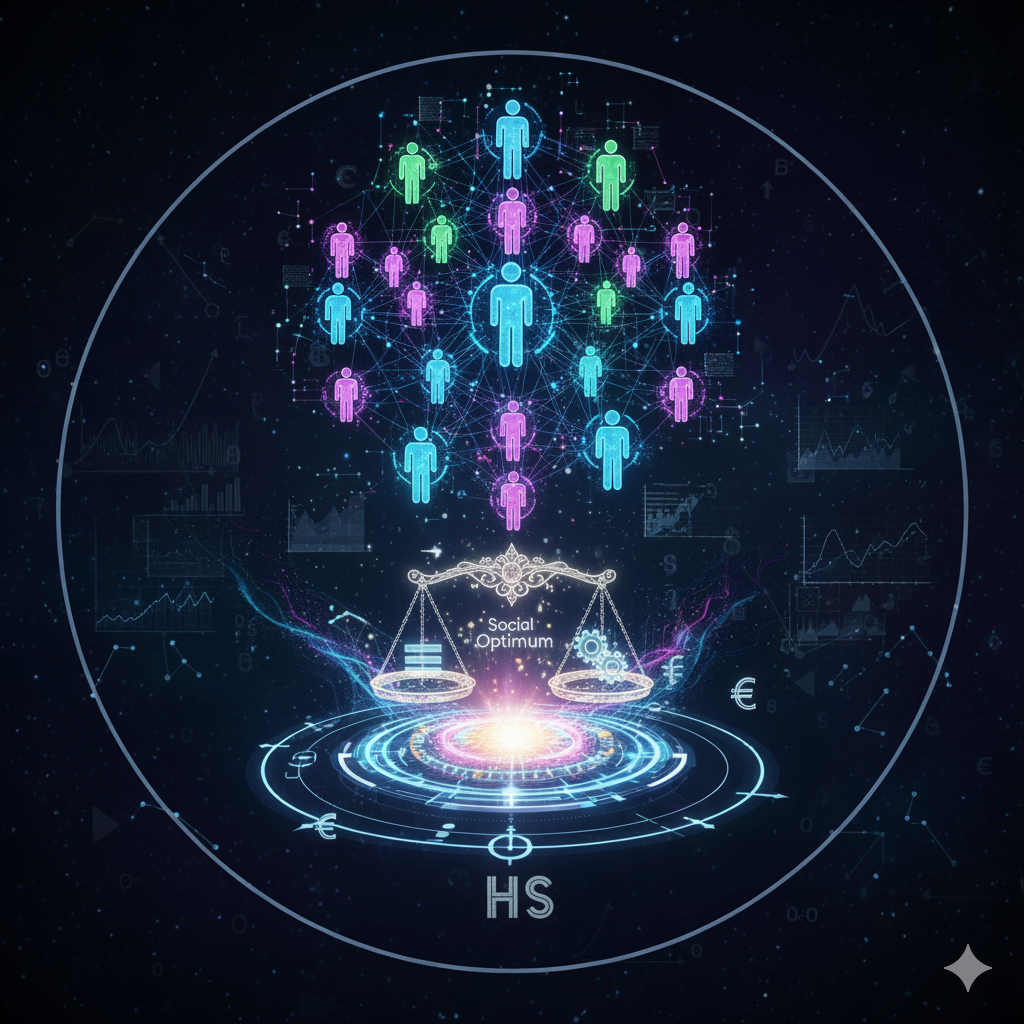Introduction
Direct Benefit Transfer (DBT) is a transformative policy initiative launched by the Government of India to enhance the efficiency and transparency of welfare schemes. It aims to directly transfer subsidies and benefits to the beneficiaries’ bank accounts, thereby eliminating intermediaries, reducing leakages, and ensuring the targeted delivery of government assistance. Introduced in 2013, DBT has been a significant reform in India’s social welfare landscape, especially for a country with a large population and diverse socio-economic needs. This article critically examines the effectiveness of DBT in improving the delivery of welfare schemes, identifying its achievements, challenges, and areas for improvement.
I. Understanding Direct Benefit Transfer (DBT)
DBT is an electronic system through which government subsidies, pensions, scholarships, and other welfare benefits are transferred directly to the bank accounts of the intended beneficiaries. The primary objective of DBT is to reduce the role of middlemen, curtail corruption, and ensure that welfare benefits reach the most deserving individuals in a transparent and efficient manner.
The implementation of DBT involves several key components:
- Aadhaar-based identification: Aadhaar, the unique identification number linked to an individual’s biometric data, plays a crucial role in ensuring that the benefits are transferred to the right person. This reduces fraudulent claims and ensures authenticity.
- Banking infrastructure: For the success of DBT, a strong banking network, including both public and private banks, is essential to enable financial inclusion and ensure that every beneficiary can access their funds.
- Government databases: Accurate and up-to-date databases of beneficiaries, such as those maintained by government welfare departments, are necessary for identifying the right recipients and ensuring targeted delivery.
II. Key Welfare Schemes Implemented through DBT
Over the years, several flagship welfare schemes have been integrated with the DBT system. These include:
- Public Distribution System (PDS): The government has aimed to provide food subsidies directly to the poor through cash transfers instead of food grains, reducing leakages in the system.
- Mahatma Gandhi National Rural Employment Guarantee Act (MGNREGA): Wages under this employment scheme are paid directly to workers’ bank accounts, ensuring that the payment reaches the beneficiaries without delays.
- Pension Schemes: Various social security schemes like the Indira Gandhi National Old Age Pension Scheme (IGNOAPS) and National Social Assistance Programme (NSAP) use DBT to transfer pension payments to the elderly and vulnerable groups.
- Scholarships and Subsidies: Educational scholarships, subsidies for LPG (liquefied petroleum gas), and other student-centric schemes are also being delivered through DBT to streamline disbursements.
- PM-KISAN Scheme: The Pradhan Mantri Kisan Samman Nidhi (PM-KISAN) directly transfers financial assistance to farmers to support their income. This is one of the most prominent examples of DBT in the agricultural sector.
III. Benefits of DBT in Welfare Scheme Delivery
The introduction of DBT has led to several positive outcomes, improving the effectiveness of welfare schemes in India.
1. Reduction in Leakages and Corruption
One of the biggest challenges of traditional welfare delivery mechanisms in India was corruption and leakage of funds at various stages. Middlemen, fake beneficiaries, and inefficient distribution channels often resulted in only a fraction of the intended benefits reaching the poor. DBT, by transferring subsidies directly to beneficiaries, has significantly reduced such leakages. According to estimates, the implementation of DBT saved the government approximately ₹1.4 lakh crore over the years by curbing leakages in various schemes.
2. Empowering Beneficiaries
DBT has given a sense of financial independence to beneficiaries, particularly in rural areas, where bank accounts were previously underutilized. With the direct transfer of funds to their bank accounts, recipients can now access their benefits without relying on intermediaries. This has increased financial inclusion and promoted a more equitable distribution of welfare resources.
3. Improved Targeting of Welfare Benefits
The linkage of DBT with Aadhaar has enabled the government to identify the rightful beneficiaries, minimizing the errors in identifying deserving individuals. The unique identification system ensures that the subsidies are provided to the correct individuals, reducing the chances of benefits reaching ineligible people. In addition, DBT has been instrumental in improving the accuracy of welfare databases and reducing duplication of benefits.
4. Transparency and Accountability
The transparency provided by DBT has allowed citizens to track the status of their benefit transfers. With electronic records and real-time monitoring, DBT has enhanced accountability within the system. The use of technology has made it easier for beneficiaries to report delays or errors in the transfer of benefits, ensuring prompt redressal.
5. Expediting the Delivery of Benefits
DBT has expedited the disbursement of benefits, particularly during times of crisis, such as the COVID-19 pandemic. The government was able to transfer funds directly to the accounts of millions of individuals under various emergency relief programs, reducing delays and ensuring swift distribution of financial aid.
IV. Challenges Faced in the Implementation of DBT
Despite its many advantages, the implementation of DBT in India has faced several challenges, which have affected its overall effectiveness.
1. Financial Inclusion and Accessibility Issues
While DBT has helped promote financial inclusion, the rural and remote areas of India still face significant barriers in accessing banking services. A substantial portion of the population, particularly in remote villages, still lacks banking infrastructure, such as ATMs, internet access, and bank branches. This limits the reach of DBT to a significant segment of the population, especially the elderly and illiterate, who may struggle with digital platforms.
2. Aadhaar Linking Challenges
The reliance on Aadhaar for DBT has raised concerns, particularly with regard to data privacy and security. There have been instances where beneficiaries faced difficulties due to Aadhaar mismatches, errors in biometric data, or exclusion from the system due to Aadhaar-related issues. Furthermore, some groups, such as migrants and the homeless, face challenges in obtaining an Aadhaar number, which hinders their access to DBT-based welfare schemes.
3. Technological Barriers
DBT requires robust technological infrastructure to ensure seamless transfers. However, inadequate internet connectivity in many rural areas and technical glitches in systems have led to delays in benefit transfers. There have been instances where beneficiaries have faced difficulties in receiving funds due to system errors or network failures.
4. Exclusion of Marginalized Groups
While DBT aims to target the most deserving individuals, there have been reports of exclusion of marginalized groups, such as tribal communities, migrants, and homeless people. These groups often do not have access to the necessary documentation or banking infrastructure required for the smooth implementation of DBT. As a result, they may be inadvertently left out of welfare schemes.
5. Dependence on Banks and Financial Institutions
The success of DBT depends heavily on the efficiency of banks and financial institutions. Delays in processing transfers or complications in banking infrastructure can disrupt the timely delivery of benefits. Furthermore, issues such as low literacy levels in financial matters can prevent beneficiaries from fully utilizing their bank accounts.
V. Steps Taken to Address the Challenges
The government has taken several steps to address these challenges and improve the implementation of DBT.
1. Expanding Financial Literacy Programs
To address issues of financial literacy, the government has launched several programs aimed at educating people about banking services and digital transactions. These programs have helped beneficiaries understand how to use their bank accounts and access welfare benefits through mobile banking.
2. Strengthening Banking Infrastructure
To address access issues, the government has been working on expanding banking infrastructure, particularly in rural areas. Initiatives such as Jan Dhan Yojana have been instrumental in providing zero-balance bank accounts to millions of people. Moreover, the Pradhan Mantri Jan Dhan Yojana (PMJDY) has helped connect people in rural areas to financial services.
3. Improving Aadhaar-Related Processes
To resolve Aadhaar-related issues, the government has been making efforts to improve the quality of biometric data and facilitate the updating of records. Additionally, the use of mobile banking and POS machines in remote areas has been encouraged to reach beneficiaries without access to traditional banking channels.
4. Empowering Local Governments and Institutions
In order to make DBT more inclusive, local governments and panchayats have been engaged in the process of identifying and reaching out to the most vulnerable sections of society. Local community workers play a crucial role in ensuring that benefits are not delayed or denied to those who need them the most.
VI. Conclusion
The Direct Benefit Transfer (DBT) system has undoubtedly been a significant step forward in improving the delivery of welfare schemes in India. By enhancing transparency, reducing leakages, and promoting financial inclusion, DBT has positively impacted millions of beneficiaries across the country. However, challenges such as accessibility issues, Aadhaar-related barriers, and technological limitations remain.
To fully realize the potential of DBT, it is essential for the government to address these challenges through continuous investment in infrastructure, financial literacy, and technological innovation. With sustained efforts, DBT can play a crucial role in improving the delivery of welfare services and ensuring that no one is left behind in the country’s development process.




